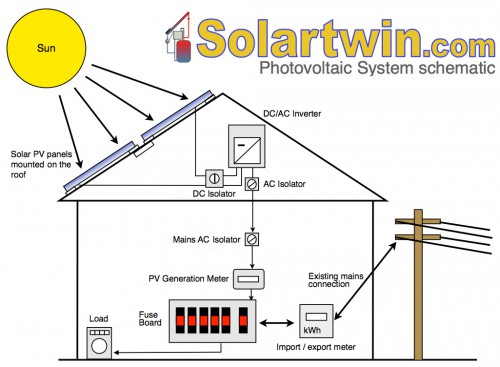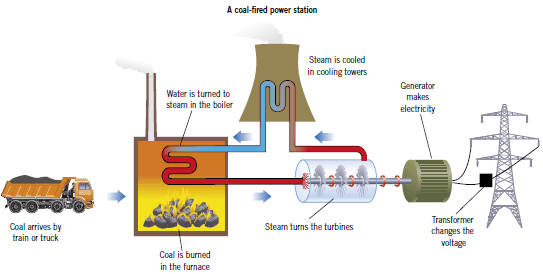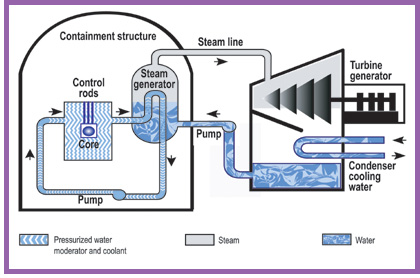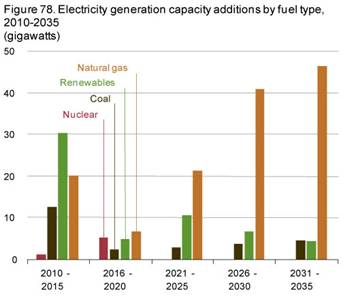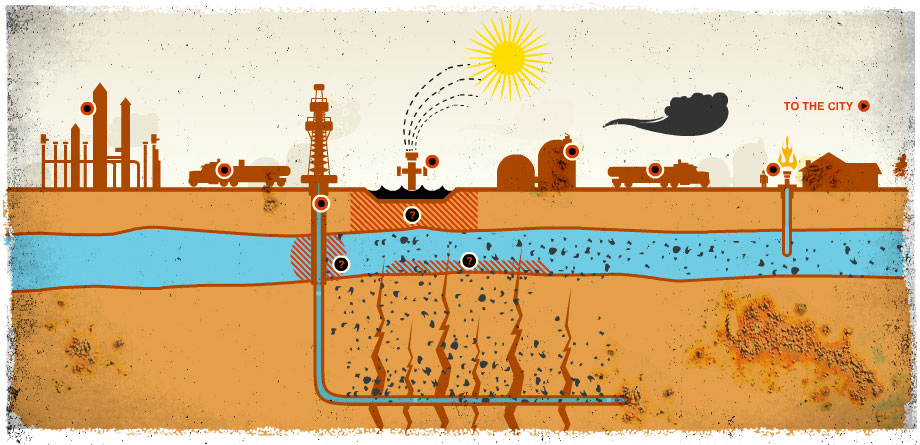Over past few years, generating electricity and heat with geothermal energy has increased significantly in Iceland. Geothermal power facilities currently generate 25% of the country’s total electricity production. Iceland has come a long way since the 20th century when they were one of Europe’s poorest countries. During the 20th century, Iceland was dependent on peat and imported coal for its energy, to a country with high living standards. In 2011, about 84% of Iceland’s primary energy use came from renewable resources; 66% of that was from geothermal.
Below is a Geothermal power plant in Reykjavik, Iceland. It is using their underground reservoirs of steam and hot water to generate electricity and to heat and cool buildings directly.
So what exactly is geothermal energy? Geothermal energy is simply power derived from the Earth’s internal heat. This thermal energy is contained in the rock and fluids beneath Earth’s crust. It can be found from fallow ground to several miles below the surface, and even farther down to the hot molten rock (magma). These underground reservoirs of steam and hot water can be tapped to generate electricity to heat and cool buildings. Geothermal water from deeper in the Earth can be used directly for heating homes and offices or even for growing plants in greenhouses. Some cities pipe geothermal hot water under roads and sidewalks to melt snow.
To produce geothermal-generated electricity, wells are drilled a mile (or more) deep into underground reservoirs to tap steam and hot water that drive turbines linked to electricity generators. The three types of geothermal power plants are dry steam, flash, and binary. Dry steam is the oldest of the geothermal technologies which takes steam out of fractures in the ground and uses it to directly drive a turbine. Flash power plants pull deep, high-pressure hot water into cooler, low-pressure water. The steam that results from this process is used to drive the turbine. And lastly, in binary plants, the hot water is passed by a secondary fluid to run to vapor, which then drives a turbine. Most geothermal power plants in the future will be binary plants.
Geothermal energy can be extracted without burning a fossil fuel such as coal, gas, or oil. Geothermal fields produce only about 1/6 or the carbon dioxide that a relatively clean natural-gas fueled power plant produces. Binary plants release essentially no emissions. Unlike solar or wind energy, geothermal energy is always available no matter the condition. It is also relatively inexpensive – saving as much as 80% over fossil fuels. The main concern of geothermal energy is the release of hydrogen sulfide, a gas that smells like rotten egg at low concentrations. Another concern is the disposal of some geothermal fluids, which may contain low levels or toxic materials.
Iceland uses geothermal energy to heat many of the buildings and even swimming pools. Iceland has at least 25 active volcanoes and hot springs and geysers. Iceland’s geology is an advantage for geothermal energy production. Iceland is one of the most geothermal active place on this planet.
Below is a graph of the generation of electricity by geothermal energy in Iceland from 1972 through 2012
Iceland is well know in being a world leader of geothermal district heating. After WWII, Orkustofnun carried out research and development, which has lead to the use of geothermal resources for heating of households. Today, about 9 in 10 households are heated with geothermal energy. Space heating is the largest component in the direct use of geothermal energy in Iceland. Below is a breakdown of the utilization of geothermal energy for 2013.
As I mentioned above, Orkustofnun’s research and development led to the use of geothermal resources for heating in households in Iceland. This achievement has enabled Iceland to import less fuel, and resulted in lower heating prices. The relative share of energy resources used to heat households has changed since 1970. the proportion of the population using geothermal energy is still increasing and could rise from 89% to 92% in the long run. The share of oil for heating continues to decrease and at about 1% now. The share of electricity heating is about 10% right now. Below is a graph showing this information.
Below I have included a Youtube video about Geothermal energy in Iceland. This video goes into detail about Iceland’s volcanic activity and how this makes Iceland an area where geothermal energy is possible.
Resources:
http://www.nea.is/geothermal/
http://environment.nationalgeographic.com/environment/global-warming/geothermal-profile/
http://waterfire.fas.is/GeothermalEnergy/GeothermalEnergy.php






